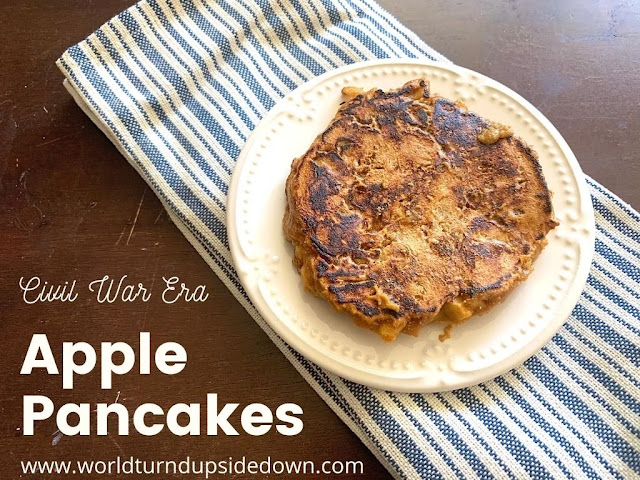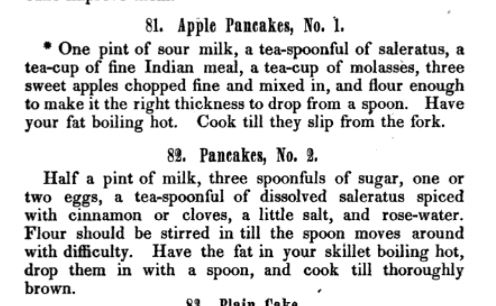Bathing in colonial times evokes images of dirty rags and lard soap. In reality is there were many scented, colored, and augmented soaps available at perfumers and many receipts (recipes) to scent pre-made soap at home.
I made these wash-balls with castile soap that I made over a full year ago so it has had plenty of time to cure. If you're interested in knowing more about castile soap, I've written quite a bit about it here. All you need to know for this is that castile is an olive oil based soap, used in the 18th century for shaving and washing as is has a decent lather (for the time period.)
Castile soap can be bought online or in grocery stores. You can also use whatever you have lying around. They did have different color wash-balls but the coloring agents are not something I feel safe putting on my skin in modern times. I'll update this post with how to color your wash-balls in a safe manner. I'm thinking "melt and pour colorant" is the best bet.
18th Century Wash-Balls
Ingredients:
- Pre-made Soap
- Rose or other Flower Water (Other recipes from the time period suggest lavender, coriander, cloves, jasmine, cinnamon, nutmeg, lemon peel, lemon juice, orange flower water, musk.)
1. Shred, grate, bash, crush, buy pre-masticated or take up the relaxing art of soap shaving. A large mortar and pestle would work best.
3. Heat up your soap in a double boiler, in the hot sun or just use the heat from your hands. You want the soap soft but not melted. Add your scent liquid or water if you don't want to add a scent. (Don't do this with essential oils they will burn your skin.) Stir until well mixed. I did not heat mine, but heated up my rose water.
5. Let them dry in ball form for a week. You can scrape the outsides with a knife or peeler to make them smoother.
Castile really is great for shaving. I'm excited to try it out now that it's scented. This is a great activity to do with kids, unlike soapmaking which can be dangerous.
If you want to buy premade soap flakes and waters I recommend the products below:
This site uses affiliate links. If you are planning on making a purchase, I would greatly appreciate if you would use the affiliate links above. It doesn't cost you any more but it does help me keep the website running. Thanks!























